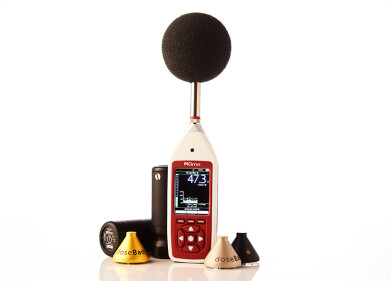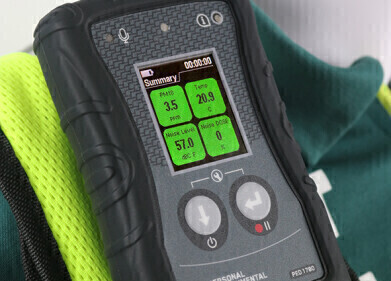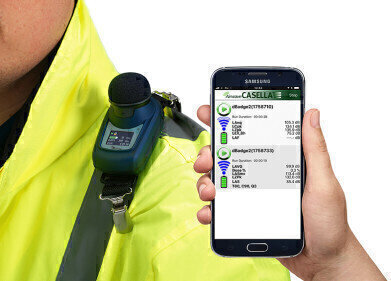Noise Monitoring
Noise pollution and driverless cars
Oct 03 2012
With news of Californian governor Jerry Brown signing a bill that will allow electric vehicles on the state roads by 2013, the realities of autonomous vehicles are ones that need to be addressed.
As well as a huge number of advantages that come from electric cars (the reduction of greenhouse gas emissions being a huge one), the government and the public need to address the potential disadvantages.
The noise from motorways and busy roads are one of the main causes of noise pollution.
This not only has an effect on the environment, it affects people's everyday welfare. It has consequences on where people live, what their house price is and their ability to sleep at night.
Cars, lorries and vans cause a huge amount of noise, and a huge amount of stress.
Therefore, the arrival of autonomous, silent vehicles is surely a good thing?
Well, possibly not.
The silence of driverless vehicles may be music to some individuals ears (no pun intended), but it also may have huge detrimental physical, mental and sociological effects.
First and foremost, sound is instrumental to thousands of road users in ensuring their safety.
Sound informs every individual, most significantly of course the visually impaired, about where and when an ongoing vehicle is coming.
Road users can then react accordingly - crossing the road at an appropriate time or waiting for a vehicle to go past.
As well as individuals outside of cars, those behind the wheel would also be put in danger by silent cars.
Vehicles coming out of their drives, parking spaces and crossing at roundabouts also rely on noise to inform them that they are pulling out at a safe time.
To prohibit the chances of accidents on the road, Gary May, an information officer at the European Blind Union campaign group is demanding that all silent cars are fitted with a device to make noise.
"All vehicles, electric, hybrid or internal combustion engine should be subjected to the installation of a special audible vehicle alerting system - or AVAS - if they are deemed to be near silent," he says.
He also asserts that there should be different sounds for when the vehicle is stationary or reversing.
Digital Edition
AET 28.4 Oct/Nov 2024
November 2024
Gas Detection - Go from lagging to leading: why investment in gas detection makes sense Air Monitoring - Swirl and vortex meters will aid green hydrogen production - Beyond the Stack: Emi...
View all digital editions
Events
Dec 02 2024 London, UK
Dec 03 2024 Dusseldorf, Germany
Dec 11 2024 Shanghai, China
Jan 12 2025 Abu Dhabi, UAE
Jan 14 2025 Abu Dhabi, UAE









.jpg)









